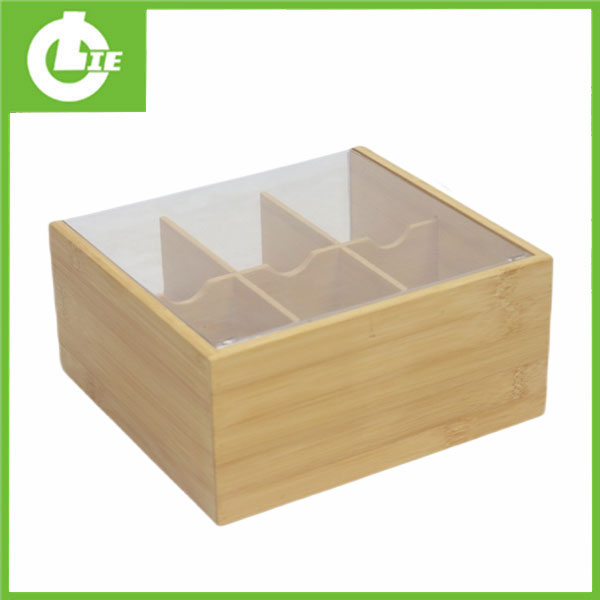
What are the benefits of using bamboo daily necessities?
Aside from their eco-friendliness and durability, bamboo daily necessities have several benefits:
- Antibacterial properties
- Lightweight and easy to handle
- Less prone to scratches and dents compared to plastic or metal
- Can be easily cleaned with soap and water
What are the most popular bamboo daily necessities?
Some of the top-rated bamboo daily necessities among consumers include:
- Bamboo cutting boards
- Bamboo utensils (e.g., spoons, forks, tongs)
- Bamboo storage containers
- Bamboo bath mats
- Bamboo clothes hangers
How can I care for my bamboo daily necessities?
Proper care for bamboo daily necessities will ensure their longevity. Here are some tips:
- Hand wash with mild soap and water
- Dry thoroughly to prevent moisture from seeping in
- Avoid soaking or leaving in water for extended periods
- Do not use in the microwave or dishwasher
In summary, using bamboo daily necessities not only promotes sustainability but also provides several benefits and options for consumers. With proper care, they can also last for a long time.
Fujian Longyan Import And Export Company Limited. is a company that specializes in the manufacturing and export of bamboo products, including bamboo daily necessities. With a focus on sustainability and quality, we strive to provide our customers with the best products and services. Contact us at jckyw@fjlyiec.com to learn more.
References:
Ghosh, M., & Karmakar, S. (2017). Bamboo as sustainable materials: Future prospects in construction and allied industries. Journal of Building Engineering, 11, 1-9.
Jalaludin, A., & Rahman, M. R. (2015). Bamboo as potential eco-friendly building material–an overview. ARPN Journal of Engineering and Applied Sciences, 10(13), 5421-5428.
Naz, M. Y., Hashmi, M. S., & Javed, M. F. (2016). Bamboo composites: Materials for green technology–a review. Journal of Reinforced Plastics and Composites, 35(9), 727-742.
Quispe-Condori, S., Ccana-Ccapatinta, G., & Condori-Fernández, N. (2019). Bamboo fiber reinforcing composites: A review on its mechanical properties. Journal of Physics: Conference Series, 1311(1), 012004.
Singh, S. P., & Sagar, R. (2016). Bamboo as sustainable construction material—a review. Journal of Cleaner Production, 121, 141-153.
Wong, J. Y., Raihan, S. A. A., & Chai, H. S. (2019). A review on bamboo reinforced polymer composites. Journal of Materials Research and Technology, 8(5), 5719-5734.
Yuwono, A. H., Purwanto, H., & Triyono, J. (2019). Development of a bamboo fiber reinforced polymer composite for automotive part application. Materials Today: Proceedings, 13, 317-320.
Zhang, X., Shi, S. Q., & Lian, Y. (2016). Properties of bamboo fiber-polypropylene composites with/without coupling agent. Journal of Reinforced Plastics and Composites, 35(24), 1828-1839.
Zhou, H., Li, B., Zhang, C., & Qiu, J. (2019). Thermal stability of bamboo fiber filled polypropylene composites: Effects of interface modification and fiber content. Journal of Reinforced Plastics and Composites, 38(9-10), 477-490.
Zhou, X., Zhang, X., Yu, J., Wang, L., & Cai, Z. (2019). A review on the anti-drying staining property of bamboo. BioResources, 14(3), 6830-6849.
Zhu, S., Luo, X., Qin, D., Wang, M., & Qi, W. (2017). Morphological and mechanical properties of bamboo fibers/polypropylene composites: Effect of microstructure of bamboo fibers. BioResources, 12(3), 5478-5489.

